Platelet Rich Plasma (PRP) Therapy
Platelet Rich Plasma (PRP) Therapy, is a method of injection designed to stimulate healing. PRP offers a solution to accelerate healing of tendon injuries and osteoarthritis naturally without subjecting the patient to significant risk. Blood is made of RBC (Red Blood Cells), WBC (White Blood Cells), Plasma, and Platelets.
Medical research over the last twenty years has revealed that when activated in the body, platelets release healing proteins called growth factors.
Platelet-derived growth factors are biologically active substances that enhance tissue repair mechanisms. After platelets are activated at a wound site, proteins are released that influence virtually all aspects of the wound healing cascade. Activated platelets “signal” to distant repair cells, including adult stem cells, to arrive at the injury site. Because the concentrated platelets are suspended in a small volume of plasma, the three plasma proteins fibrin, fibronectin, and vitronectin contribute to a repair matrix.
Studies have shown a direct correlation between the platelet concentration and the level of secretory proteins, and the amount of proliferation involved in the wound healing. Increasing the volume of platelets increases the influx of repair and stem cells. For this reason, by increasing the baseline concentration of these platelets, with PRP, we deliver a potent cocktail of growth factors that can greatly enhance tissue recovery.
What are the benefits from PRP?
PRP may eliminate or delay the need for surgical interventions by treating injured tissue before the condition is irreversible. The treatment also can help accelerate the healing process, allowing a patient to get back to normal activities quicker than with other treatments. There’s also no risk of immune reaction, cross-reactivity, or disease transmission as the PRP is coming from the patients own blood cells. PRP assists in recruiting these natural healing cells to an area that has been deficient, allowing the body to repair the tissue faster. This leads to a faster reduction in pain. Most important, this translates to a faster return to sports and activities of daily living.
(article continues below the video)
(continued article text)
How is PRP made?
The PRP process begins with a simple blood draw. That sample is then spun at a high rate of speed in a device called a centrifuge, which separates the liquids from the solids.
The platelets are then mixed back into the now-cleared plasma, creating the PRP solution. It’s drawn into syringes and ready for injection into the site of damage.
Where can PRP injections be effective?
PRP has been shown to be an effective and safe treatment for conditions of the shoulders, knees, ankle, foot, wrist, elbows, hands, hips, ligaments, tendons, and muscle.
How many injections will I need?
This depends on the patient, the location and chronicity of your problem among other factors. However, the most common treatment plan is 1 to 3 injections spread throughout six weeks to three months.
Are PRP injections safe?
One of the reasons PRP therapy is so popular is the ability to achieve noticeable improvements in joint health without more invasive and potentially risky procedures. Because PRP is created from your blood, there is no risk of rejection or adverse effects.
Your body recognizes PRP as a natural, safe substance. As the solution goes to work, reducing inflammation and stimulating new cell development, pain often lessens, and your joint begins to move more freely.
Any time the surface of your skin is breached, there is a risk of infection, and PRP injections are no exception. However, when PRP injections are performed by a skilled professional like Dr. Faruque, the risk of complications is very low.
Learn more about PRP and the role it can play in improving your joint health during a one-on-one consultation with Dr. Faruque.
Tania Faruque MD is the medical director of Palomar Spine & Pain, in Escondido, CA (North San Diego County).
